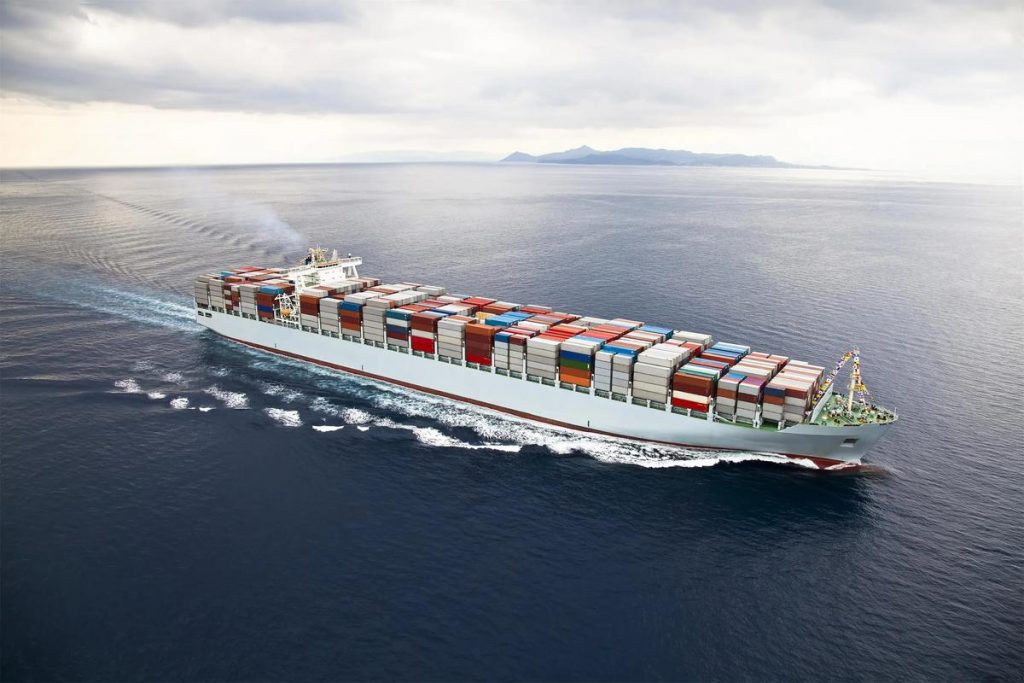
The China-Mexico trade corridor has evolved into a critical artery for global commerce, with 2024 marking a pivotal year for innovation and adaptation. As U.S. importers increasingly pivot to Mexico to bypass tariffs and shorten supply chains, businesses face intensifying competition to optimize costs, compliance, and sustainability. This article reveals cutting-edge strategies, powered by AI and green logistics, to streamline China-to-Mexico freight forwarding while staying ahead in a rapidly shifting landscape.
- 2024 Regulatory Landscape: USMCA and Beyond
Evolving USMCA Compliance Requirements
Mexico’s updated Certificado de Origen digital platform now requires 100% real-time validation of regional value content (RVC) for goods under USMCA. For example, electronics assembled in Mexico using Chinese components must demonstrate ≥62.5% regional value—up from 50% in pre-2023 agreements. Non-compliance risks penalties of up to 25% of shipment value.
- Pro Tip: Use AI-driven RVC calculators integrated with ERP systems to automate compliance audits and reduce human error by 40%. Anti-Dumping Dynamics
China-origin steel and aluminum face 25% U.S. tariffs unless re-exported through Mexico with valid certificates. In 2023, Mexican customs rejected 12% of such shipments due to incomplete documentation—a gap addressable via blockchain-backed trade platforms.
- AI-Driven Solutions: Predictive Analytics and Smart Routing
Port Congestion Forecasting
AI tools like Freightos Pulse now analyze satellite data and port traffic patterns to predict Veracruz delays with 95% accuracy. For instance, rerouting shipments from Shanghai to Altamira (Mexico’s newest deep-water port) can cut delays by 7–10 days during peak seasons. Dynamic Ocean Freight Pricing
Machine learning algorithms adjust ocean freight rates in real-time based on fuel costs, vessel availability, and seasonal demand spikes. Companies leveraging these tools saved an average of $1,800 per container in Q1 2024 compared to static pricing models.
- Sustainability as a Strategic Imperative
Carbon-Neutral Ocean Freight
Maersk’s Green Corridor Initiative now offers carbon-neutral shipping from Ningbo to Lazaro Cardenas, utilizing biofuel blends and verified carbon offsets. While premiums range from 15–25%, ESG-focused buyers are willing to pay up to 30% more for sustainable options. Circular Logistics in Cross-Border Trade
Mexico’s National Strategy for Circular Economy (2024–2030) incentivizes reusable packaging and reverse logistics. For example, automotive parts shipped from China to Monterrey can now be returned via consolidated LCL containers, reducing empty freight costs by 22%.
- Hybrid Shipping Models: Merging Speed and Cost Efficiency
Air-Ocean Intermodal Solutions
The new Guangzhou-Mexico City Express Rail cuts transit from 35 days (pure ocean) to 18 days by combining high-speed rail from Los Angeles to Mexico with air freight for time-sensitive components. This model is ideal for medical devices or perishables, balancing cost and urgency. Preemptive Cross-Border Trucking
Leverage nearshoring trends by pre-clearing cargo via Mexico’s Sistema de Comercio Exterior (SCE) before it arrives at the border. This reduces dwell times at Laredo by 60%, avoiding $500+ daily demurrage fees.
- Future-Proofing with Blockchain and IoT
Immutable Supply Chain Visibility
IBM’s Hyperledger Fabric tracks shipments from Chinese factories to Mexican warehouses, providing tamper-proof records for USMCA audits. Early adopters report a 50% reduction in customs disputes. IoT-Enabled Cold Chain Management
For pharmaceuticals and perishables, IoT sensors monitor temperature and humidity during multimodal transit. In 2023, this technology averted $23 million in losses for Mexican food importers.
- Selecting a 2024-Ready Freight Forwarder
Prioritize partners offering:
- AI-Powered TMS Integration: Real-time rate comparisons and automated documentation.
- Localized Compliance Teams: Bilingual experts in Mexico’s SAT e-invoicing system and U.S. CBP requirements.
- Sustainability Metrics: Carbon footprint analytics for each shipment.
Conclusion
2024 demands a dual focus on innovation and compliance to thrive in China-Mexico logistics. By adopting AI-driven tools, sustainable practices, and hybrid shipping models, businesses can reduce costs by 18–25%, accelerate delivery times, and mitigate geopolitical risks.
Elevate Your Cross-Border Strategy Today
Partner with forwarders who blend cutting-edge technology with deep regional expertise to transform challenges into opportunities.






